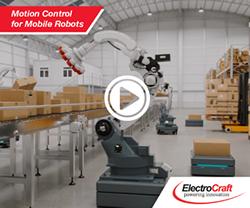Stanford's 'Jackrabbot' paves way for social robotics
Artificial Intelligence at the Inflection Point: Experts Weigh "A Revolution in the Making"
University of Surrey presents a roadmap of space robotics
How to Train Your Robot-for Today, and for Tomorrow
Toyota's U.S. Robotics Boss Promises Results Within 5 Years
Acobot Debuts Conversational Artificial Intelligence Platform BrainShop
Artificial Intelligence Produces Realistic Sounds That Fool Humans
DARPA Goes "Meta" with Machine Learning for Machine Learning
Google's developing its own version of the Laws of Robotics
Fun LoL to Teach Machines How to Learn More Efficiently
Robot wars: Boston Dynamics fell out with Google over humanoid Atlas
Indiegogo - MJI Announces The Launch Of AI Robot Companion On Indiegogo
Sony Joins Forces with Cogitai to Conduct Research and Development for the Next Wave of Artificial Intelligence
These Five Exponential Trends Are Accelerating Robotics
HANNOVER MESSE - President Obama and Chancellor Angela Merkel Experience Virtual Reality at ifm's Exhibit at Hannover Messe 2016, Germany
Records 76 to 90 of 117
First | Previous | Next | Last
Featured Product

ElectroCraft's Motion Control for Mobile Robots
Robotics and Automation - Featured Company

